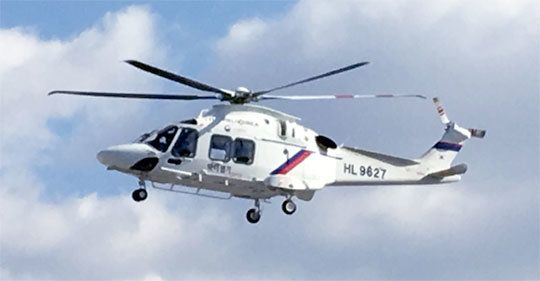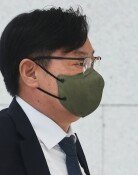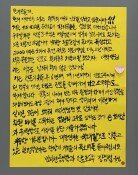Dr. Lee’s Doctor Helicopter takes off in seven years
Dr. Lee’s Doctor Helicopter takes off in seven years
Posted May. 04, 2018 08:09,
Updated May. 04, 2018 08:09

The Severe Traumatic Injuries Team led by Dr. Lee Guk-jong at Ajou University Hospital will introduce the nation’s first medical emergency helicopter, or “doctor helicopter,” starting from the end of this year. Seven years have passed since Dr. Lee made the request to introduce such measure when he saved Suk Hae-kyun, the wounded captain of a rescued South Korean freighter abducted by Somali pirates in January 2011.
The Ministry of Health and Welfare announced on Thursday that the seventh doctor helicopter will be deployed at the Ajou University Hospital at the end of the year. Initially two helicopters were allocated to the Gil Hospital of Gacheon University and the Hankuk Hospital in Mokpo in November 2011, with four others in regional emergency medical centers, but Ajou University Hospital was somehow excluded. Professor Lee made appeals for a doctor helicopter operating around the clock, but the ministry had denied such requests on grounds that nighttime guidance systems were not adequately in place and lacking budget and resources, allowing helicopter use only in daytime.
Due to such limitations, Ajou University Hospital had no choice but to access the helicopter at the Gyeonggi Fire Services, saving some 250 patients suffering from severe traumatic injuries every year since March 2011. It took an average of 18 minutes just to land on an empty lot or the rooftop of the hospital and wait for the medical team to board. When the medical team had to perform a heart massage or use costly hypotensive drugs in the helicopter, the expenses had to be borne by the hospital, because medical expenses could not be claimed when medical practice is performed “outside medical institutions."
The new doctor helicopter reflects most of Dr. Lee’s requests. Except for severe weather conditions or when the helicopter requires maintenance at the 10th airfield of the air forces, the helicopter waits on the rooftops of the hospital and is ready to take off in five minutes, both day and night. The Ministry of Health and Welfare will pilot the nighttime operation of the helicopter at Ajou University Hospital and gradually increase adoptions at other hospitals. Ajou University Hospital will also be the first medical institution to work with the firefighting authorities to have rescue workers stand by the hospital and join the medical team in emergency rescue efforts.
Gun-Hee Cho becom@donga.com
Headline News
- Med professors announce intention to leave hospitals starting Thursday
- Bridge honoring Sgt. Moon Jae-sik unveiled in Pennsylvania
- Chief of Staff Chung tells presidential secretaries to stay away from politics
- US FTC bans noncompete agreements
- N. Korea launches cyberattacks on S. Korea's defense companies







